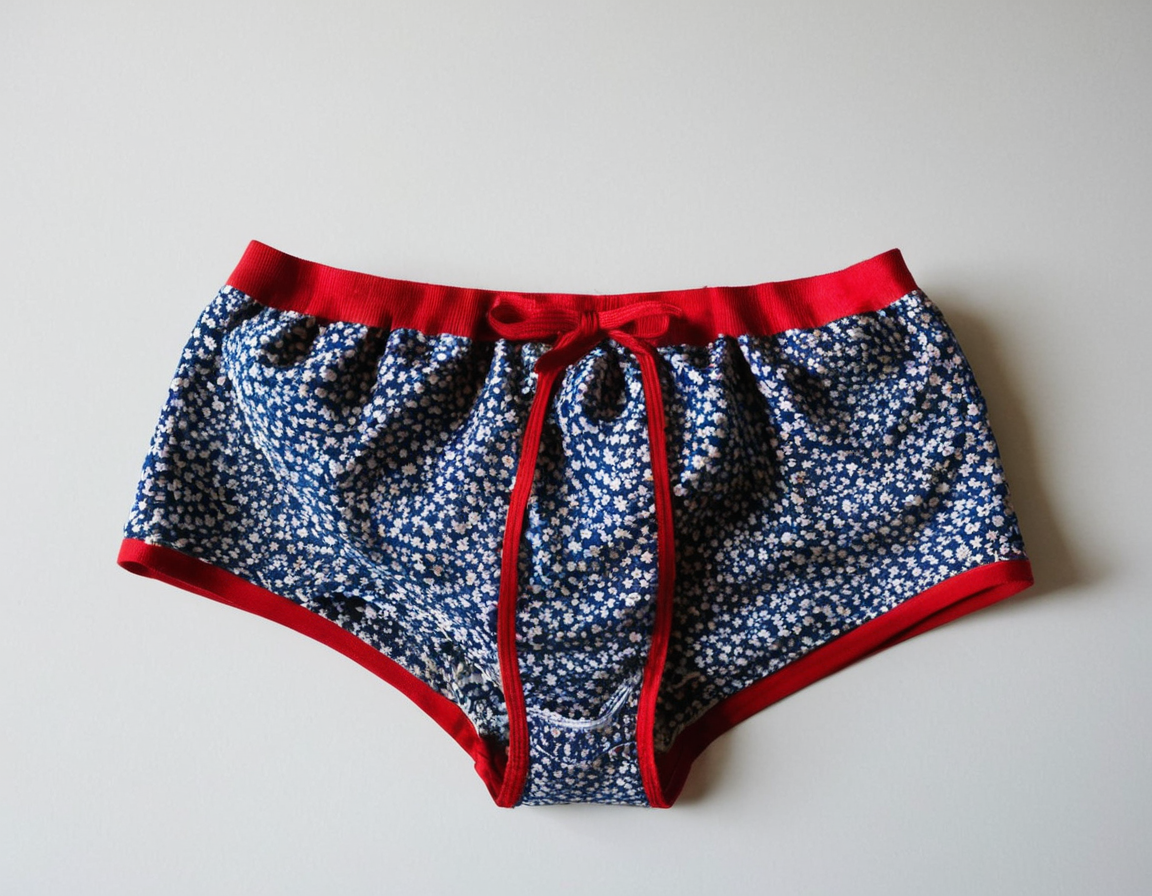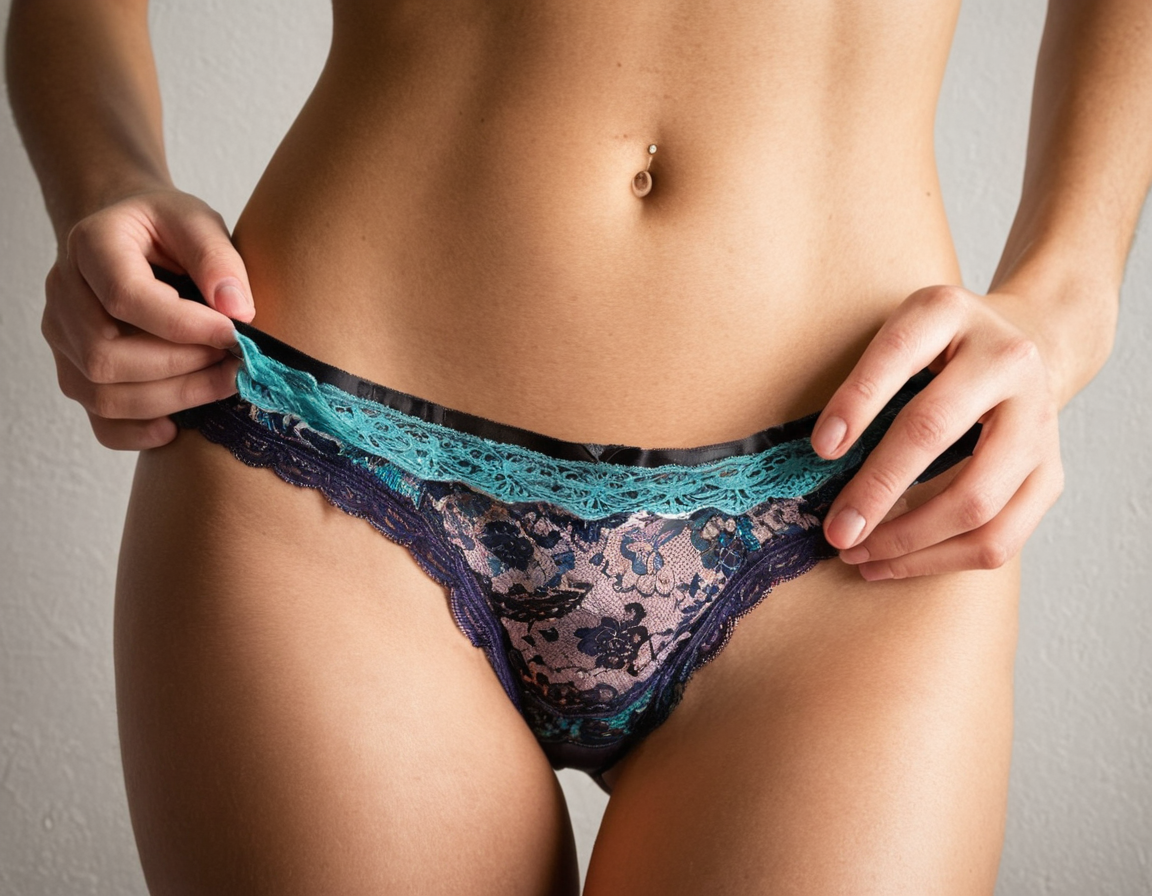: Exploring the Intimate World of Panties: A Journey Through

The humble panty has been an essential part of women’s wardrobes for centuries, serving not only as a functional piece of clothing but also expressing individual style and taste. In recent years, with the rise in fast fashion and diverse sizing options, panties have become more than just undergarments; they are a statement and a form of self-expression. This blog post aims to explore this intimate world of panties and take you on a journey through their evolution, styles, materials, and even care tips.
The History: From Functional to Fashionable
Panty history dates back to the 18th century when women’s undergarments were primarily functional, designed to hold petticoats in place and provide support. The modern panties we know today took shape in the 20th century with the invention of nylon stockings and brief-style underwear by a young fashion designer named Louis Reard. He named his creation “French knickers” or “bikini,” inspired by the French territory’s name on the world map, symbolizing its small size yet daring design.
Styles: From Boyshorts to Thongs
Panty styles have evolved significantly over time, catering to different needs and preferences. Some popular panty styles include: Learn more about Exploring
1. Briefs – These are high-waisted panties that cover the hips and midriff, offering excellent coverage and comfort. They come in various fabrics like cotton or lace for added femininity.
2. Boyshorts – As their name suggests, boy shorts draw inspiration from men’s briefs but with a wider cut at the hip and slightly shorter legs. This style provides moderate coverage while still showing off some skin.
3. Thongs – These are ultra-minimalist panties designed for maximum comfort and minimal coverage. They feature a slim waistband and a narrow strip of fabric that connects the front and back panels, creating an almost invisible look under tight clothing.
4. High-Waisted Bikini Panties – A modern twist on classic bikinis, these panties offer fuller coverage than regular bikinis but sit higher on the waist for a flattering fit.
5. Tanga Panties – These offer slightly more coverage than thongs, with wider front and back panels connected by narrow straps at the sides.
6. Cheeky Panties – A playful take on briefs, cheeky panties feature high cut legs that expose a bit of cheek while still providing good coverage in the rear.
7. G-Strings – Similar to thongs but with even less coverage, g-strings are a minimalist choice consisting of just a narrow waistband and a thin strip connecting the front and back panels.
8. Seamless Panties – Designed without seams or elastic bands for a comfortable, smooth fit under tight clothing. They usually come in cotton blends or spandex-rich materials that mold to your body shape.
Materials: From Cotton to Lace and Beyond
Panty materials have also evolved over the years, offering a wide range of options catering to comfort, style, and function. Some popular panty fabrics include:
1. Cotton – Breathable, soft, and hypoallergenic, cotton is a classic choice for everyday wear.
2. Lace – Elegant and feminine, lace adds a touch of glamour to any undergarment.
3. Silk – Known for its luxurious feel and natural breathability, silk panties are perfect for special occasions or as a treat for yourself.
4. Spandex/Elastane – These synthetic materials provide excellent stretch and shape retention, ensuring your panties stay comfortable throughout the day.
5. Nylon – Lightweight, quick-drying, and smooth to touch, nylon is often used in combination with other fabrics for added durability and support.
6. Bamboo – A sustainable and eco-friendly choice, bamboo fabric is soft, breathable, and hypoallergenic.
7. Microfiber – Soft yet durable, microfiber panties offer moisture wicking and quick drying properties. Learn more about Intimate
Care Tips: Maintaining the Longevity of Your Panties
To ensure your panties last as long as possible while maintaining their shape and comfort, follow these care tips:
1. Wash before first use – This removes any residual fabric softeners or chemicals from the manufacturing process.
2. Machine wash on a gentle cycle with similar colors using mild detergent.
3. Avoid fabric softener sheets or dryer sheets as they can leave a residue that affects comfort and grip.
4. Air-dry your panties instead of tumble drying to preserve their shape and elasticity.
5. Store panties flat or in designated drawer organizers to prevent damage from folding and tangling.
In conclusion, the world of panties has come a long way since its functional beginnings, evolving into an intimate fashion statement reflective of individual style and comfort preferences. By understanding different styles, materials, and care tips, you can make informed choices that cater to your unique needs while enjoying the comfort and confidence that well-fitting panties provide.
SEO Keywords: panty history, panty styles, panty fabrics, undergarment evolution, intimate fashion, panty care tips

